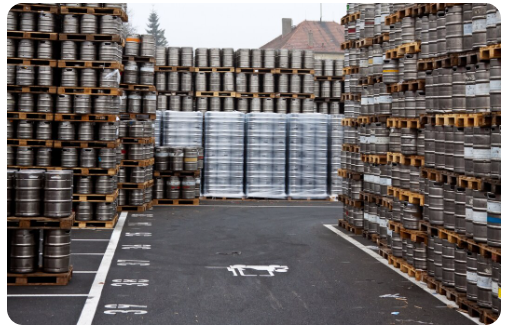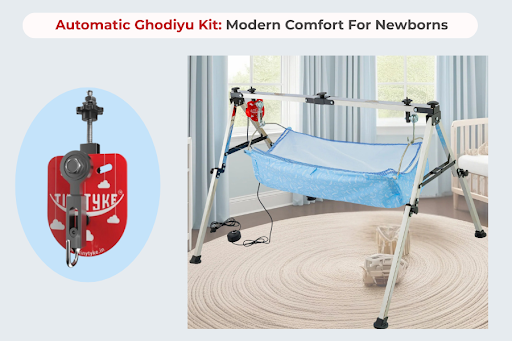Acquiring the right material handling equipment is essential for a smooth and efficient supply chain, and pallets are the foundation of this process.
Whether you are expanding your warehouse capacity or replacing damaged inventory, the decision to purchase new pallets for sale requires careful consideration beyond just the initial price.
The perfect pallet for your business maximizes safety, minimizes shipping costs, and integrates flawlessly with your existing storage and transport systems. Making an informed choice ensures long-term operational efficiency and prevents costly bottlenecks or product damage down the line.
Material Choice and Durability
The material is the primary factor influencing a pallet’s performance and lifespan. The most common types are wood and plastic.
Wood pallets are generally the most affordable upfront and offer easy repairability, but they are susceptible to moisture damage, splintering, and shorter lifecycles (typically one to five years).
Plastic pallets, while having a significantly higher initial cost, boast superior durability, lasting ten years or more, and are resistant to chemicals, moisture, and pests.
They are also much lighter, which can lead to substantial savings on freight costs, especially for air or long-distance shipping. When reviewing new pallets for sale, weigh the immediate expense against the total cost per trip over the pallet’s lifetime.
Load Capacity and Product Weight
The pallet’s load capacity must safely accommodate the weight of your products, both when stationary in a warehouse rack (static load) and when being moved by a forklift (dynamic load).
Failing to match the pallet’s strength to the goods’ weight can result in pallet failure, product damage, and serious safety hazards. For extremely heavy cargo, like machinery or large drums, stringer or block-style wood pallets or heavy-duty metal pallets are often preferred for their structural integrity.
For lighter, single-use shipments, a cheaper, expendable option may suffice. Always check the supplier’s stated maximum load limits before committing to a purchase of new pallets for sale.
Pallet Dimensions and Compatibility
Standardization is key to seamless logistics. The size of the pallet must be compatible with several pieces of equipment and infrastructure: your forklifts and pallet jacks, the dimensions of your racking system, and the interior width of your transport vehicles, such as truck trailers and shipping containers.
Using an incorrect size can waste valuable storage space, lead to complications in automated systems, and result in inefficient loading.
The globally accepted standard dimensions often used in retail and grocery sectors are typically 48 inches by 40 inches, but international trade may require specific ISO-standard sizes like the Euro pallet.
Hygiene and Export Requirements
For businesses in the food, beverage, or pharmaceutical industries, hygiene is non-negotiable. Plastic pallets are non-porous and can be easily washed and sanitized, making them ideal for clean environments.
Wood pallets, by contrast, are porous and can harbor bacteria, moisture, and odors. Furthermore, if you plan to ship internationally, wood pallets must comply with ISPM-15 regulations, which mandate specific heat treatment to prevent the spread of pests.
Plastic pallets are exempt from this treatment, simplifying export paperwork and logistics and offering a major advantage when sourcing new pallets for sale for global distribution.
Warehouse System Integration
Consider how the pallet interacts with your internal warehouse technology. If your facility uses automated conveyor belts or specific pallet racking configurations—such as double-deep or drive-in racks—the pallet must have consistent dimensions and the correct bottom configuration (e.g., three, five, or six runners).
Plastic pallets are renowned for their dimensional consistency, which drastically reduces the risk of jams and downtime in automated systems.





